
Placeholder
Awaiting content
In 2020, work started at The Bays on this city shaping project to allow tunnel boring machines to be in the ground before the end of 2022. In March 2021, the project received its first major planning approval for the Project Concept between Westmead and the Sydney CBD and station excavation and tunnelling between Westmead and The Bays.
A subsequent planning application for major civil construction between The Bays and Sydney CBD, including station excavation and tunnelling, was submitted to the Department of Planning and Environment (DPE) in 2021 and is currently under assessment.
Sydney Metro is now seeking approval for rail infrastructure, stations, precincts and operations between Westmead and the Sydney CBD.

Awaiting content
Submissions for the Bays Road Relocation Works Review of Environmental Factors (REF) have now closed. The feedback we received from the community will be reviewed by Sydney Metro and a detailed report will be published on our website.




The Department of Planning, Industry and Environment amended the State Environmental Planning Policy (Infrastructure) to protect a tunnel corridor of approximately 30 metres from the Sydney Metro West tunnel alignment to provide for the long term protection of the tunnels.
Sydney Metro will conduct a formal process to acquire underground land for the tunnel alignment once the tunnel alignment design is confirmed. The project team will contact all affected property owners directly.
In the majority of cases, underground land acquisition will not affect the future use of the property. Sydney Metro will only acquire the land it needs to safely construct the tunnels and provide for their long-term protection.

TBMs and roadheaders used to construct tunnels and would require a dedicated power source. This means new cables would need to be installed between the metro site and a nearby substation. Power would be supplied from Endeavour Energy’s Rosehill zone transmission substation
Residents and businesses located along the proposed cable routes would be notified of the timing and duration of these works.
-launch-site-min.jpg)
The Sydney Metro West tunnels will be 38 metres deep on average – that’s about 13 storeys below ground.
Tunnel boring machines (TBMs) will be launched from both Clyde and The Bays. TBMs will be retrieved from Sydney Olympic Park and Westmead.
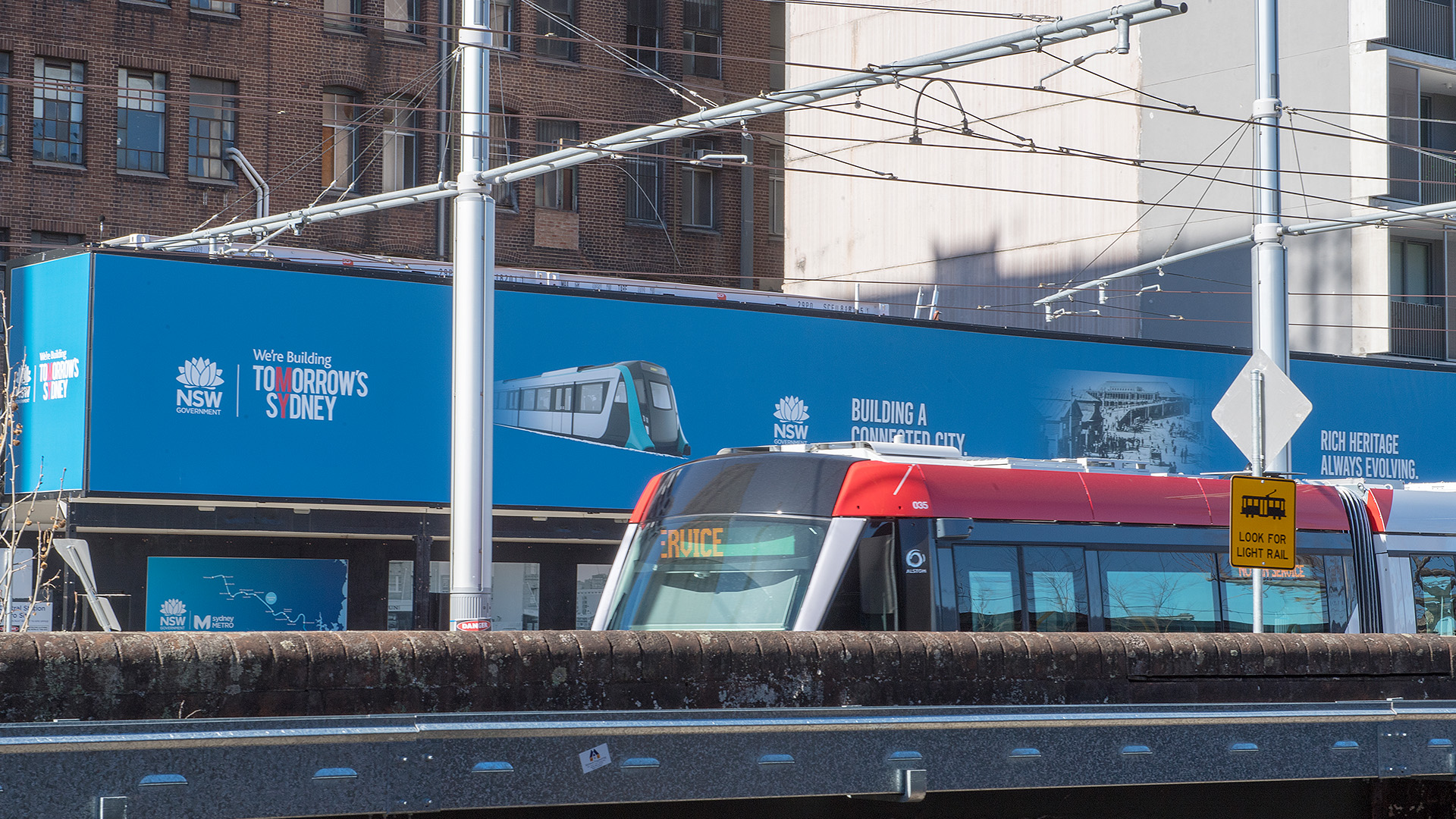
Sydney Metro hoarding would be erected around the perimeter of the construction site to mitigate potential noise impacts.
Potential construction noise and vibration impacts would be managed in accordance with the Sydney Metro Construction Noise and Vibration Strategy, which aims to manage noise and vibration levels through feasible and reasonable measures. The Strategy provides a process for the development of site or activity specific Construction Noise and Vibration Impact Statements, standard mitigation measures and additional mitigation measures to be implemented based on noise and vibration levels.
The Sydney Metro West team would consider alternative construction methods to help mitigate noise where possible and would work with the community to provide scheduled respite periods during which high noise or vibration activities are not undertaken.

Management and mitigation measures would be used where impacts to heritage items have been identified.
This may include conservation and re-use of heritage fabric, and archiving and recording the item for future generations.
Any potential archaeological investigations would be undertaken as required in accordance with Heritage Council guidelines. Any potential Aboriginal archaeological remains found would be interpreted by an Aboriginal heritage specialist in consultation with registered Aboriginal parties.
The heritage listed Kia Ora building and a heritage listed shop would be located within the construction site and would be protected during construction.
This site may contain potential Aboriginal and non-Aboriginal archaeological deposits. Investigation work would be carried out prior to construction work occurring and any remains found would be interpreted by the relevant specialists.

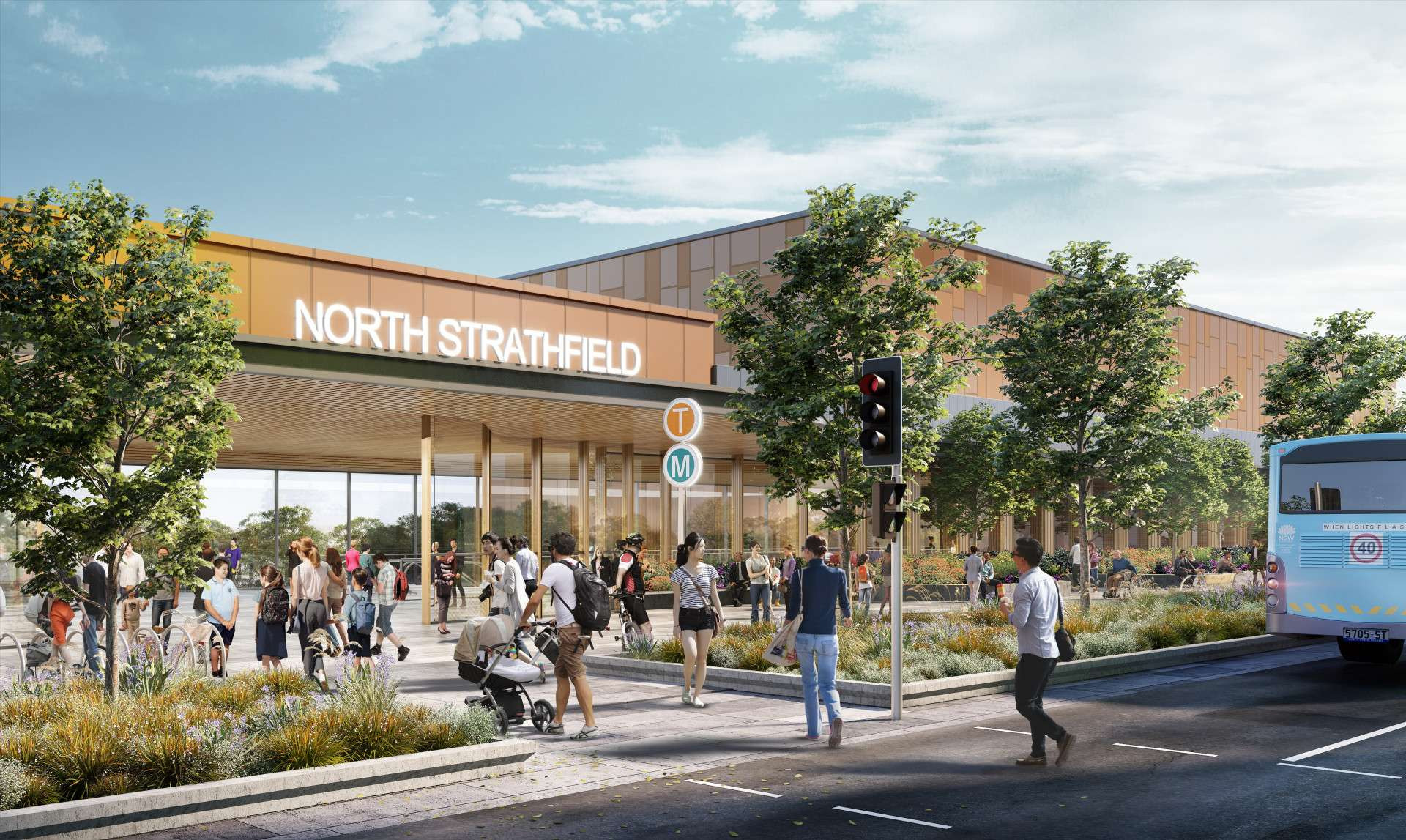

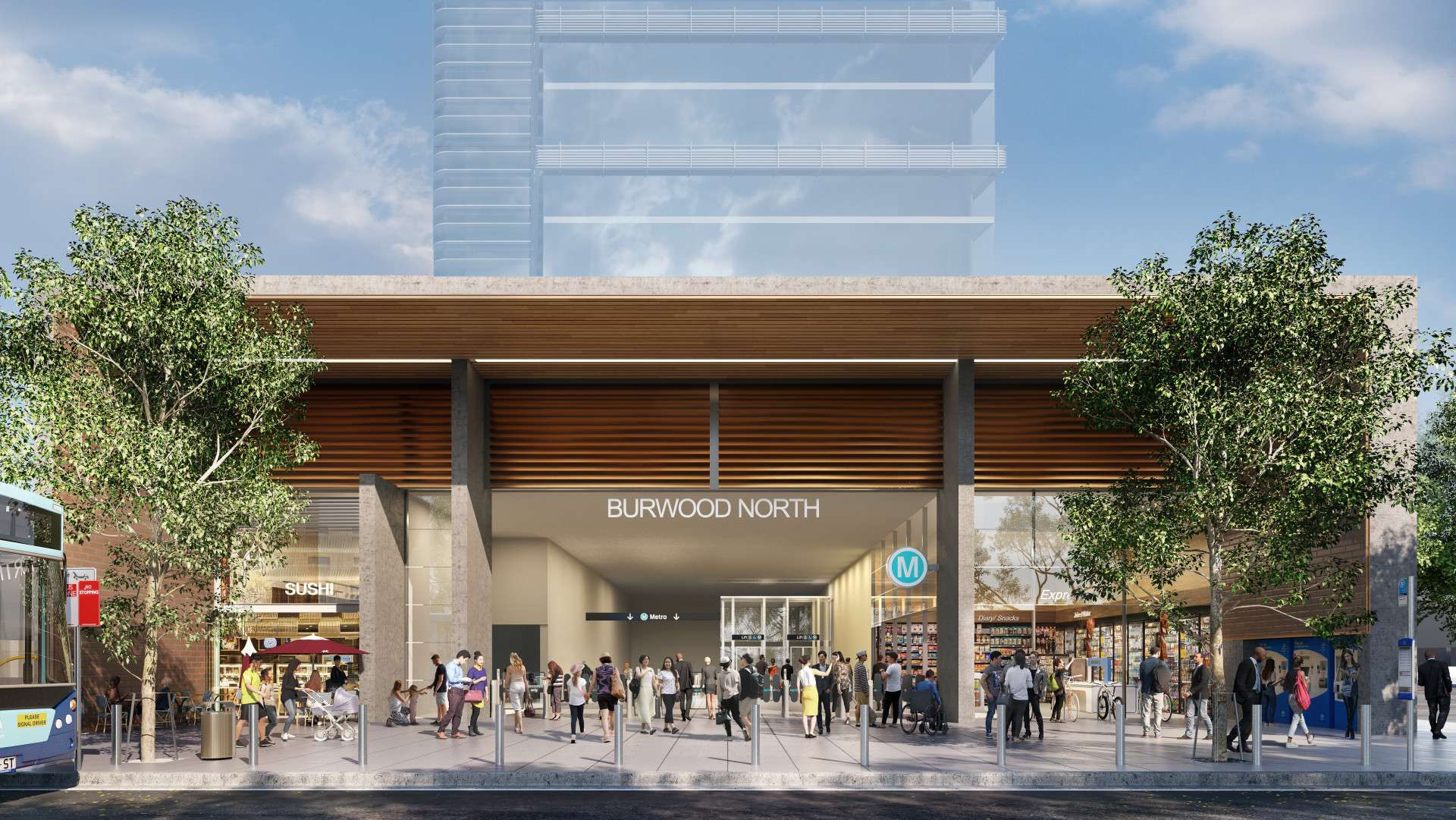
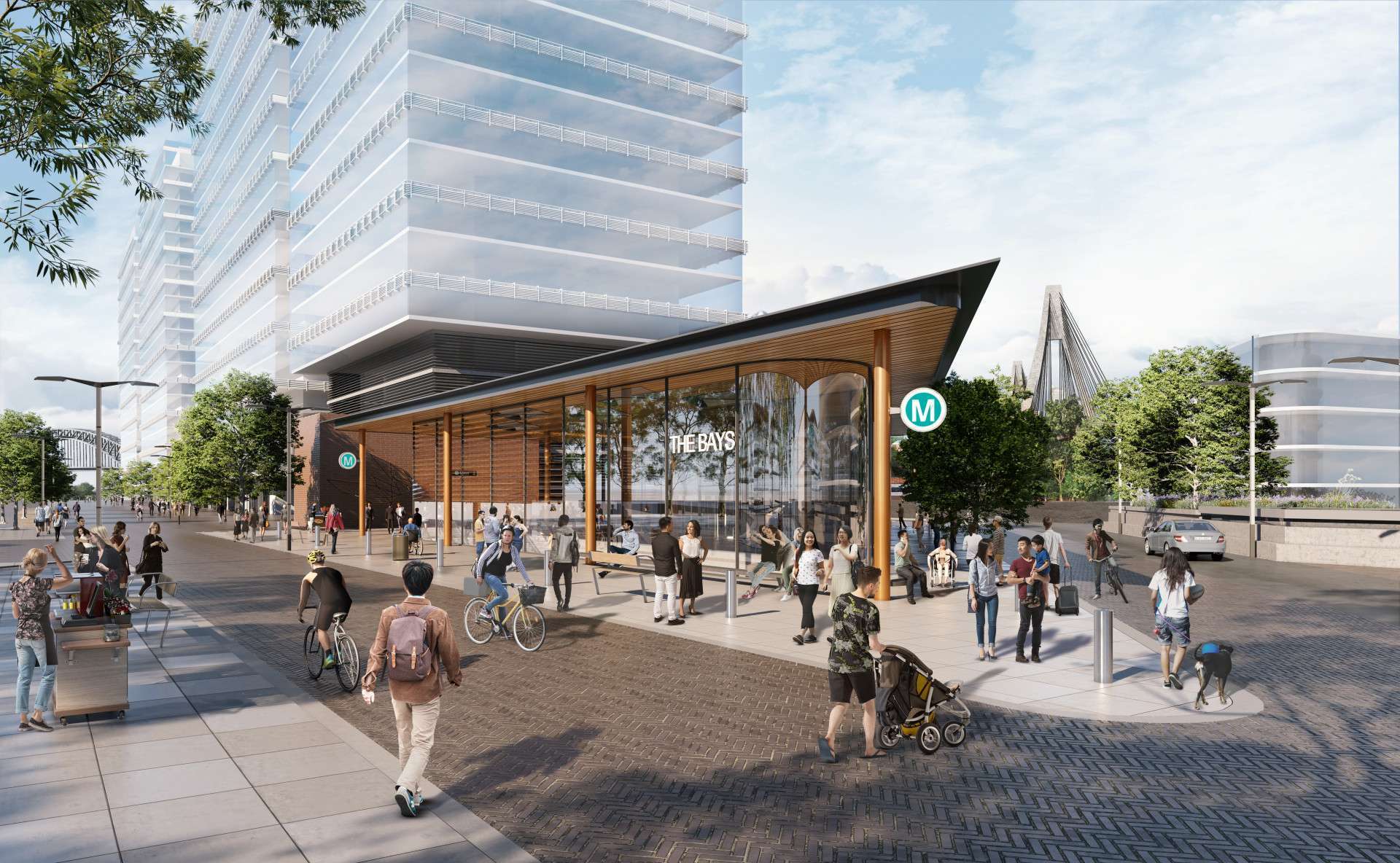
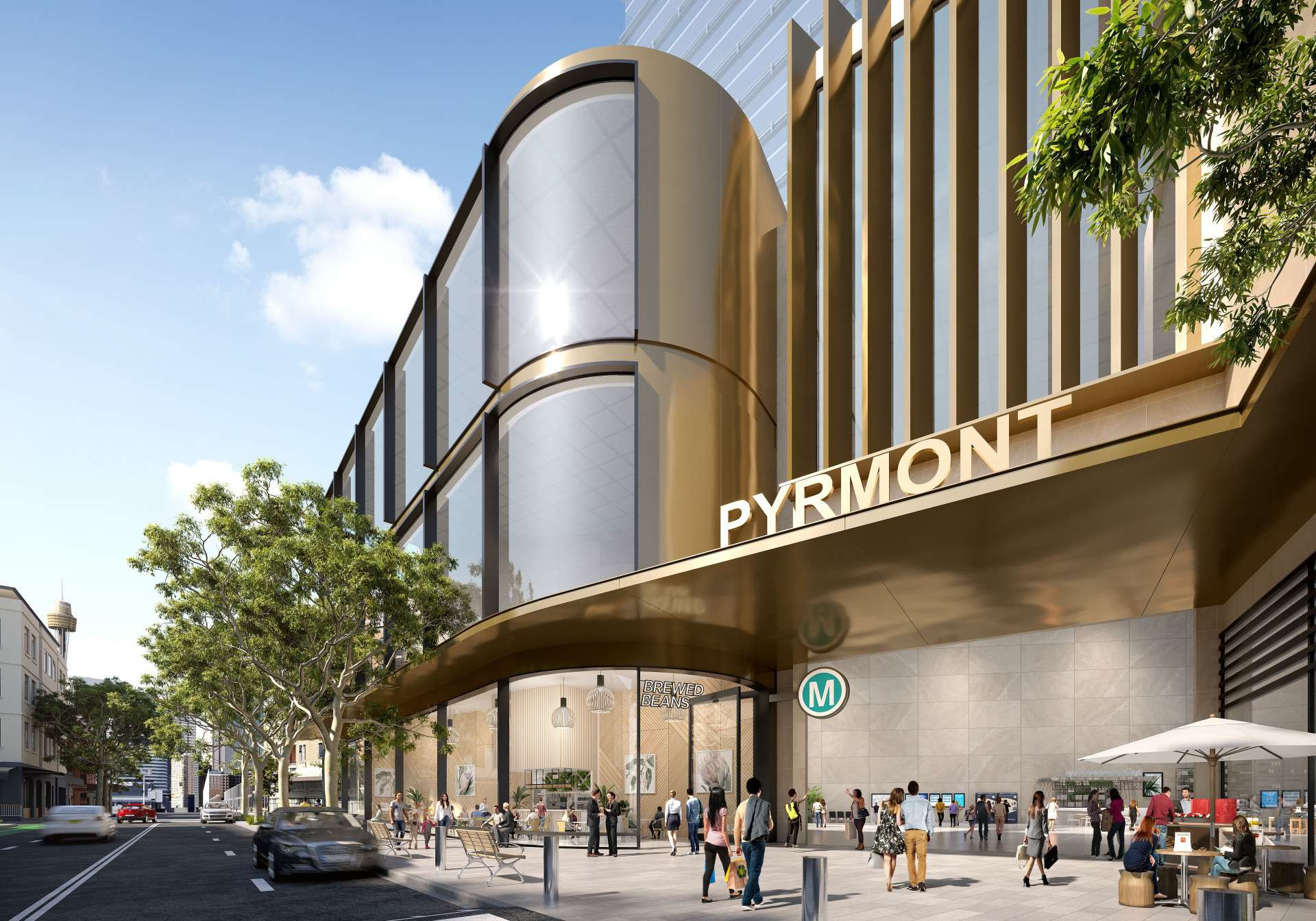

Stage 2 of the Parramatta Light Rail will connect Stage 1 and Parramatta’s CBD to Sydney Olympic Park via Camellia, Rydalmere, Ermington, Melrose Park and Wentworth Point.
Find out more: Parramatta CBD to Sydney Olympic Park | Parramatta (nsw.gov.au)
Stage 1 of Parramatta Light Rail will connect Westmead to Carlingford via the Parramatta CBD and Camellia
Find out more: Westmead to Carlingford | Parramatta (nsw.gov.au)
Hunter Street Station will have connections to light rail services at George Street, train services at Wynyard, and metro interchange connections to City & Southwest line services at Martin Place.
[EXAMPLE TEXT ONLY]
Hunter Street Station will have connections to light rail services at George Street, train services at Wynyard, and metro interchange connections to City & Southwest line services at Martin Place.
Proposed underground walkways will allow for easy transit all the way from Martin Place to Barangaroo.
Accor Stadium is Sydney's largest stadium. The Stadium's seating capacity varies from 83,500 for Rugby Union, Rugby League and Soccer to 81,500 for Cricket & Australian Football. During the 2000 Games the seating capacity was 110,000, the largest in Olympic history.
Find out more about sporting venues at: Sydney Olympic Park